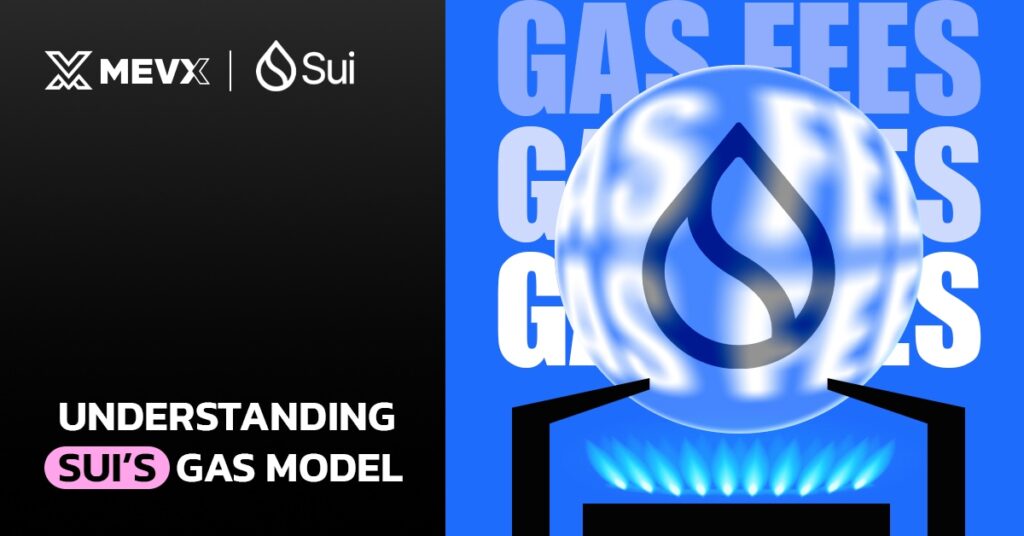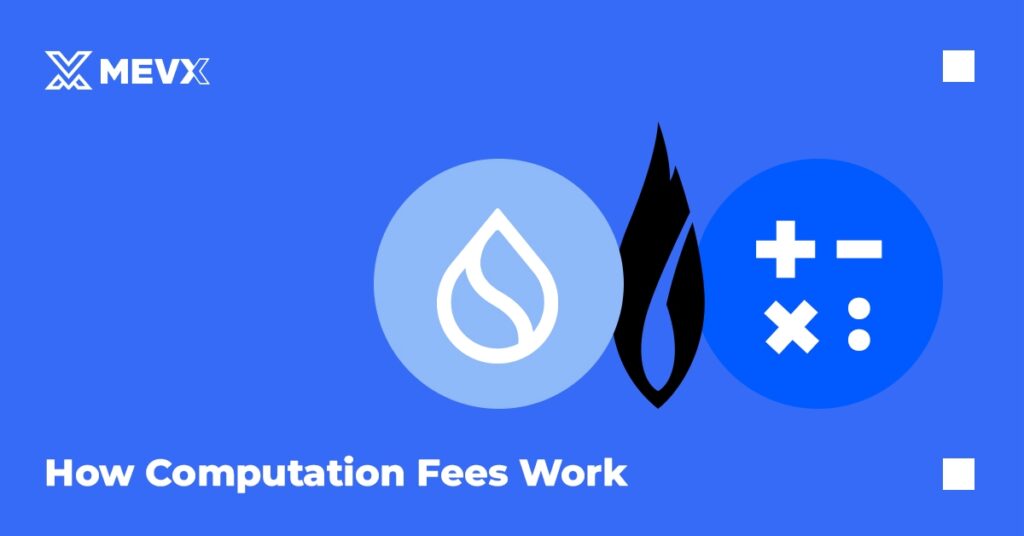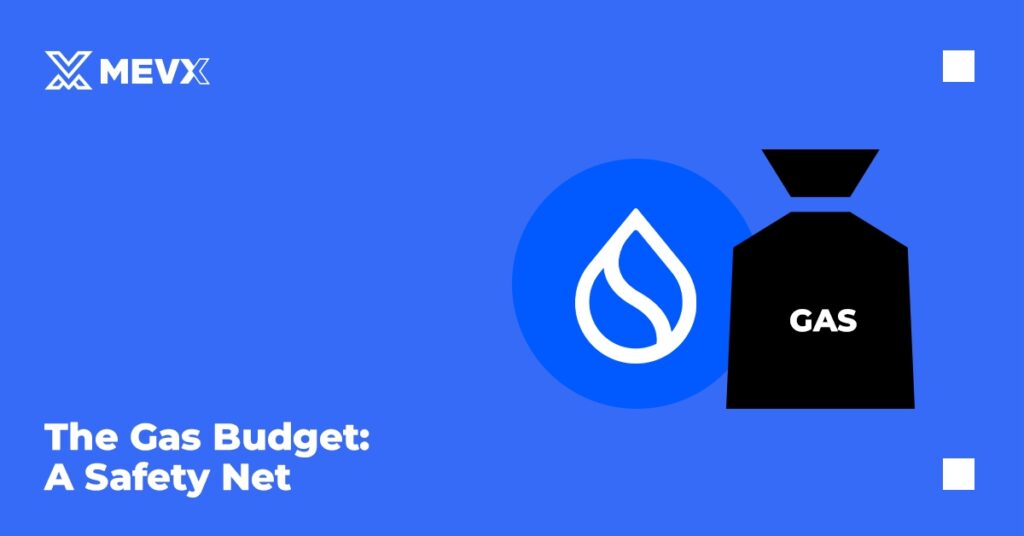Gas fees aren’t exactly exciting. But they matter. If you’ve used Ethereum during peak hours, you’ve probably had to tolerate the bite of unfaithful charges or compensation that don’t finish halfway. Sui operates otherwise, happily wearing a gas type that’s simple, truthful, and stable throughout the long course.

In brief, here’s why SUI’s Gas Model excels and how it should work for practical developers and consumers, not theory.
What Are You Actually Paying For?
With SUI’s Gas Model, every transaction has two possible costs:
- Computation, for the work your transaction requires (e.g. token transfers, contract calls)
- Storage, for the data your transaction writes to the blockchain (e.g. storing a record, minting an NFT)
Whereas most bundle all of them in one such dynamic fee, Sui processes them individually. You pay for what you’ve consumed, and that’s all.
It’s not just the breakup, though. It’s the fee that Sui charges them that makes it distinct.
How Computation Fees Work

Computation on Sui is measured in what they call “computation units.” Every transaction falls into one of several predefined buckets depending on how complex it is. Instead of counting gas line-by-line like Ethereum, Sui simplifies it:
- Light actions like a token transfer might fall into a 1,000-unit bucket.
- Heavier interactions (like a large smart contract) might be 100,000 units or more.
Each unit has a reference price set once per epoch (a ~24-hour period). This reference price comes from validator quotes, but not the highest or lowest. Sui uses something closer to a “fair middle ground” that prevents manipulation. It picks the 22nd percentile quote, making it hard to game and stable enough for everyday use.
This setup lets users know the rough cost of any action before sending it, without worrying about last-minute gas spikes.
Storage: Pay Once, Not Forever
If your transaction adds new data to the chain, you’ll pay a storage fee. But unlike chains that keep charging “rent” for stored data, Sui does it differently:
- You pay once, upfront.
- The fee is based on how many bytes you store.
- If you later delete that data, you get a rebate (usually 90%).
This rebate system encourages developers to clean up after themselves. Apps that delete old data actually help reduce bloat on-chain and get rewarded for it. It’s efficient and, frankly, refreshing.
The Gas Budget: A Safety Net

Every transaction needs to include a gas budget, your way of saying “I’m willing to spend up to X to make this go through.”
Here’s what happens:
- If your budget is too low: the transaction fails.
- If your budget is higher than the actual fee: you get a refund.
- If your transaction deletes old data: the rebate is applied toward your final fee.
There’s also a minimum budget, around 2,000 MIST (that’s 0.002 SUI), to prevent spam and ensure validators are fairly compensated.
This model keeps things predictable for users, while also making sure the network runs smoothly.
Examples That Make It Click
Let’s compare a few types of transactions.
- Simple token transfer
- Computation units: 75
- Storage: 0
- You pay a small computation fee. That’s it.
- Minting an NFT (adds data to storage)
- Computation: 75 units
- Storage: maybe 1,000–2,000 units depending on size
- You’ll pay more, but only once, and it’s capped.
- Deleting on-chain data (cleanup)
- Computation: 5,000 units
- Storage removed: 12,000 units
- You might actually get money back via the rebate if you delete enough.
This highlights what makes SUI’s gas model feel different. You’re rewarded for using storage responsibly and don’t get punished for transaction complexity unless it really pushes limits.
Why This Matters for Builders
If you’re a developer, Sui’s model has a few major upsides:
- You can estimate costs easily based on buckets.
- You don’t need to gas-optimize every single instruction.
- Your users won’t get wrecked by random spikes.
The incentive design also matters. Validators are rewarded for keeping their quotes low and fair. If they try to jack up prices, they get fewer rewards. That keeps everyone aligned.
Coordinated Without Central Control
Sui’s pricing isn’t fixed by some central authority. Instead, it’s based on market dynamics, but with rules that keep things sane.
- Validators submit gas price quotes each epoch.
- The network selects a fair price based on the middle of those quotes.
- Everyone uses that reference price until the next epoch.
This strikes a balance between predictability and flexibility, enough change to respond to demand, but not enough to surprise users.
The Bottom Line
Sui’s gas model isn’t just another variation on Ethereum. It’s a rethinking of what users and developers actually need from a Layer 1 blockchain.
- Simple breakdown: computation + storage
- Predictable pricing: thanks to buckets and reference quotes
- One-time storage costs: no rent, with rebates for cleanup
- Incentives that reward efficiency, not gouging
For users, that means cheaper, more stable fees. For builders, it’s easier to plan, test, and scale. And for validators, there’s a reason to act in the network’s best interest.
No gas wars. No mystery spikes. Just a system that works, for everyone involved.
Share on Social Media:
